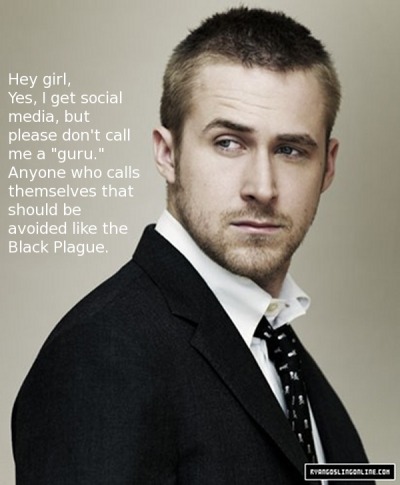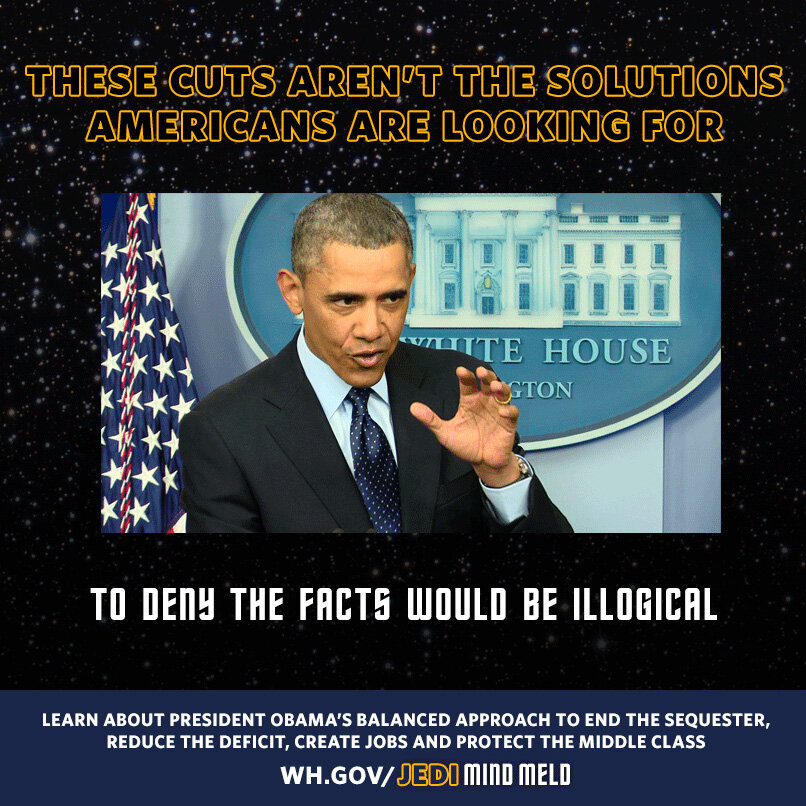
With China on the slippery slope towards pseudo-capitalism, North Korea is really the last Cold War Communist State left. The more isolated they become, the more frightened they get, shoring up their firewalls and threatening any trouble that might even possibly think about lapping at their shores. Alas, North Korea reflects all that went wrong with the Stalinist Experiment - corrupt leaders that feel entitled to their frills, poorly-informed decisions, resource inefficiency, a suffering populace and the thing that irks me the most - waste. Waste of materials. Waste of talent. Waste of opportunity.
Opportunity, of course, lies in change, adaptation, growth. You can't have progress without change, which requires a certain personal flexibility and a willingness to listen to and work with others.
 Progressives, as we know, get branded as pinko lefties by the political right; trying to force social contracts and new ideologies on the people who are just fine as they are, thank you very much. Libertarians in particular are anathema to centrally-generated, centrally-imposed policy, particularly where it comes to their right to do whatever they please with their resources on their land. "Back off, government," say the landowers - this is our land." Libertarians can get pretty belligerent when they feel their personal and territorial liberties are being threatened.
Progressives, as we know, get branded as pinko lefties by the political right; trying to force social contracts and new ideologies on the people who are just fine as they are, thank you very much. Libertarians in particular are anathema to centrally-generated, centrally-imposed policy, particularly where it comes to their right to do whatever they please with their resources on their land. "Back off, government," say the landowers - this is our land." Libertarians can get pretty belligerent when they feel their personal and territorial liberties are being threatened.
One of those personal liberties they cherish, of course, is the ability to protect their territory. While the Second Amendment was about having a populace armed to protect against external threats, the political right, led by the NRA, have reinterpreted it to be about the right to bear arms and protect personal property, including self. There are lots of threats lapping at the castle walls, a man's got to be able to defend his family, or something to that effect. The NRA spends a whole lotta money fighting for the individua's right to bear arms.
When innocent people die because of those arms, the NRA is quick to point out it's not their ideology, but external threats that are the problem. Their Spokesman Wayne Lapierre issued a statement that was carried by Fox News to every corner of the US: "In a race to the bottom, media conglomerates compete with one another to shock, violate and offend every standard of civilized society by bringing an ever-more-toxic mix of reckless behavior and criminal cruelty into our homes—every minute of every day of every month of every year.”
But wait a minute.
Anti-change, anti-external imposition, the desire to keep people off your land, protect it with guns and thump your chest at anyone who comes near your territory? That sounds awfully familiar. It sounds something like North Korea.
Ah, but I'm only saying that because I'm a lefty, pinko progressive. I'm either incapable of understanding how things really work or am choosing to ignore the facts. True libertarian/politically right people aren't interested in ruling over big territories or other people, they just want to be left alone to their own space. You don't interfere in their business, they won't interfere in yours.
It just so happens that because we have a corrupt, socialist system in place, the world isn't working the way it's supposed to. Which is why people like Randy Hillier proactively work to get out the non-freedom lovers like Norm Sterling to make room for properly anti-government libertarians like Jack MacLaren.
Ditto Rob Ford - the Lord Mayor was so upset with the corruption and entitlement of leftist Mayors that he had no choice but to do whatever it took to win office and set things to right. We're very lucky he's there - he's all that stands between us and the leftists on City Council. He's also the only hope the kids of Don Bosco have of getting ahead in life. Mayor Ford, you see, knows the right way to motivate people to be independent, so long as they listen to him. Those he can't help, he can shout down - or incarcerate, or run out of town.
The checks and balances of a democratically elected government and an impartial bureaucracy have helped to filter out some of Mayor Ford's policy approaches. One wonders what he'd be up to, as leader, if those checks and balances that infuriate him so didn't exist. Then again, he does have the undying love and support of Ford Nation in his corner.
Power is about getting and maintaining control. Libertarians want control of their own lives, but in a social context, that absolute freedom has to come at the expense of someone else's freedom. Totalitarianism is basically libertarianism at the state level. Both libertarians and totalitarians want the freedom to exercise their control in their territory however they please and think that they're the ones who have all the answers.
Despite what they tell themselves, freedom from others isn't the goal - control of territory and resources is. People, after all, are territorial animals.
Like all animals, people maintain territorial control through threats and, where necessary, strength. Handguns are to people what horns are to bulls or rhinos - and nuclear deterrents are the same thing at the state level. Costly and expensive propaganda is the state-level equivalent to the peacock's tail. Control is about preventing external incentive to change, which is what progress is all about.
Knowledge is progress. The handgun and the nuke are the products of progress, as are all weapons and fences that help protect one's territory. All aspects of society, in fact, have been engineered not by isolationist individuals or regimes, but by collaborative people.
Progress isn't about forcing change, so much as libertarianism is about stopping it. Just like the North Korean regime keeps trying to do. Fortunately for both, progress is like time - you can't stop the inevitable.






















